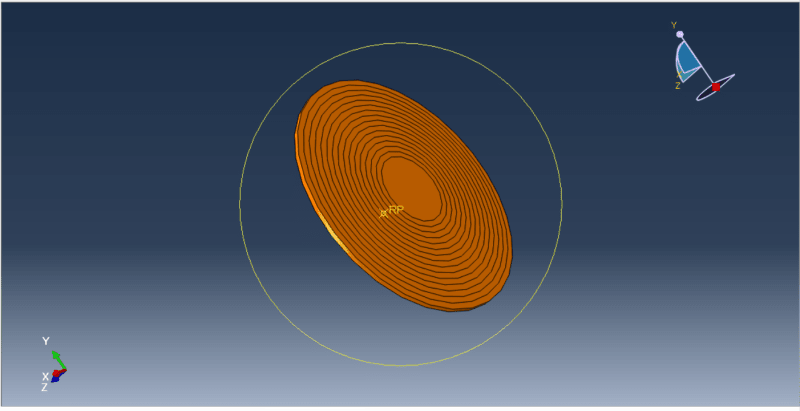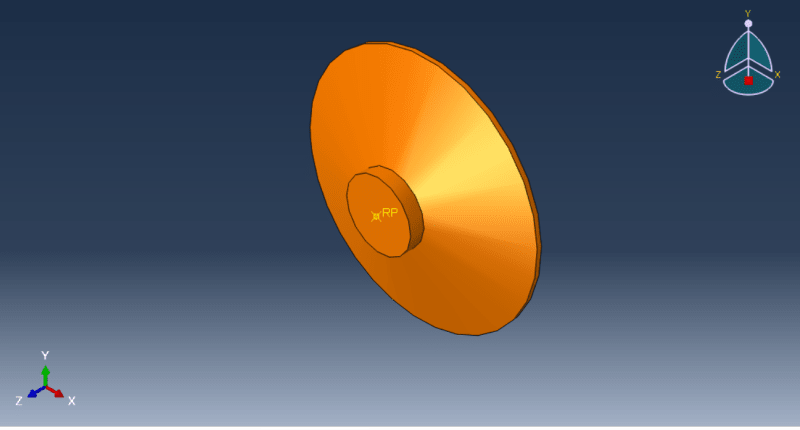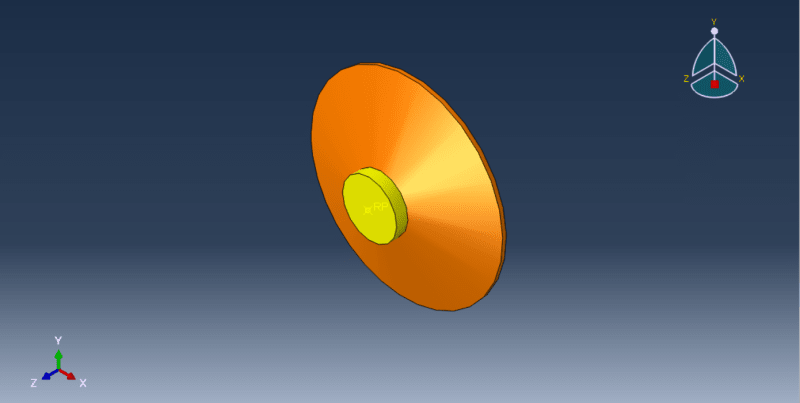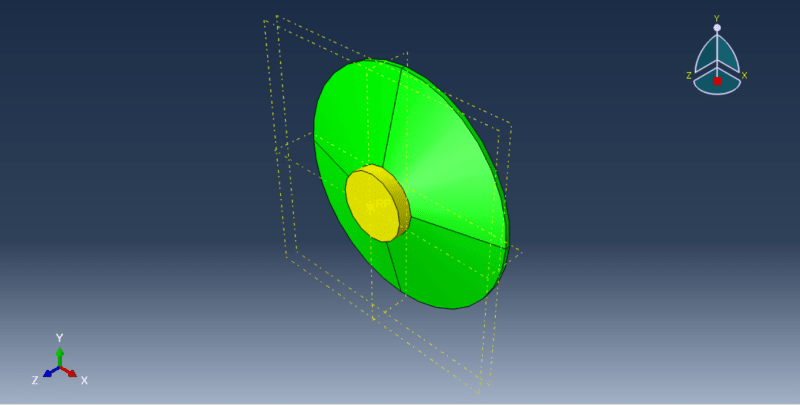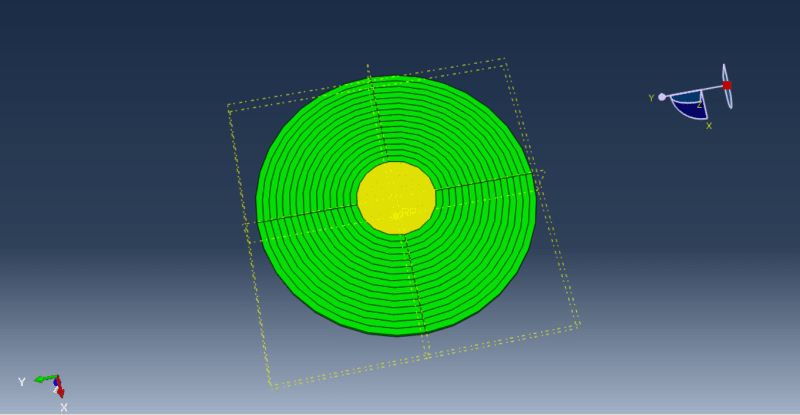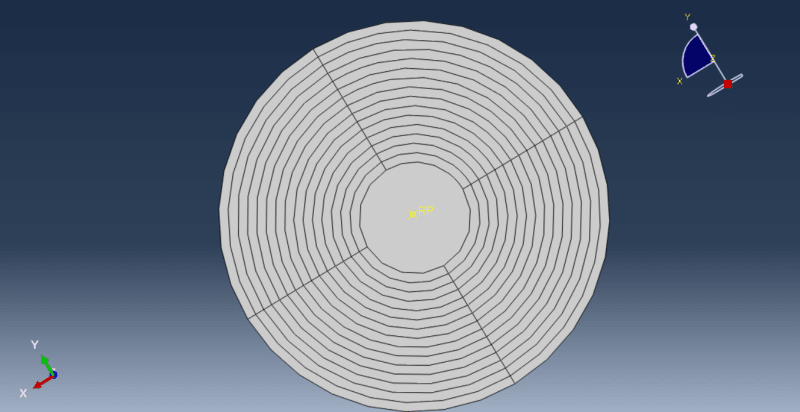shubbad
Structural
- Sep 25, 2023
- 23
"I have modeled the wind turbine foundation. I have modeled the soil as a spring and applied vertical load, horizontal load, moment, and non-uniform pressure using Analytical field and gravity load. For the spring, I have set the stiffness using a connection to the ground (Standard) with DOF = 3. However, when I am running the model, it is showing an error. I have asked someone, and they are telling me it is not converging due to an equilibrium error, but I don't know how to correct it." I am using Abaqus Software for the Analysis.

